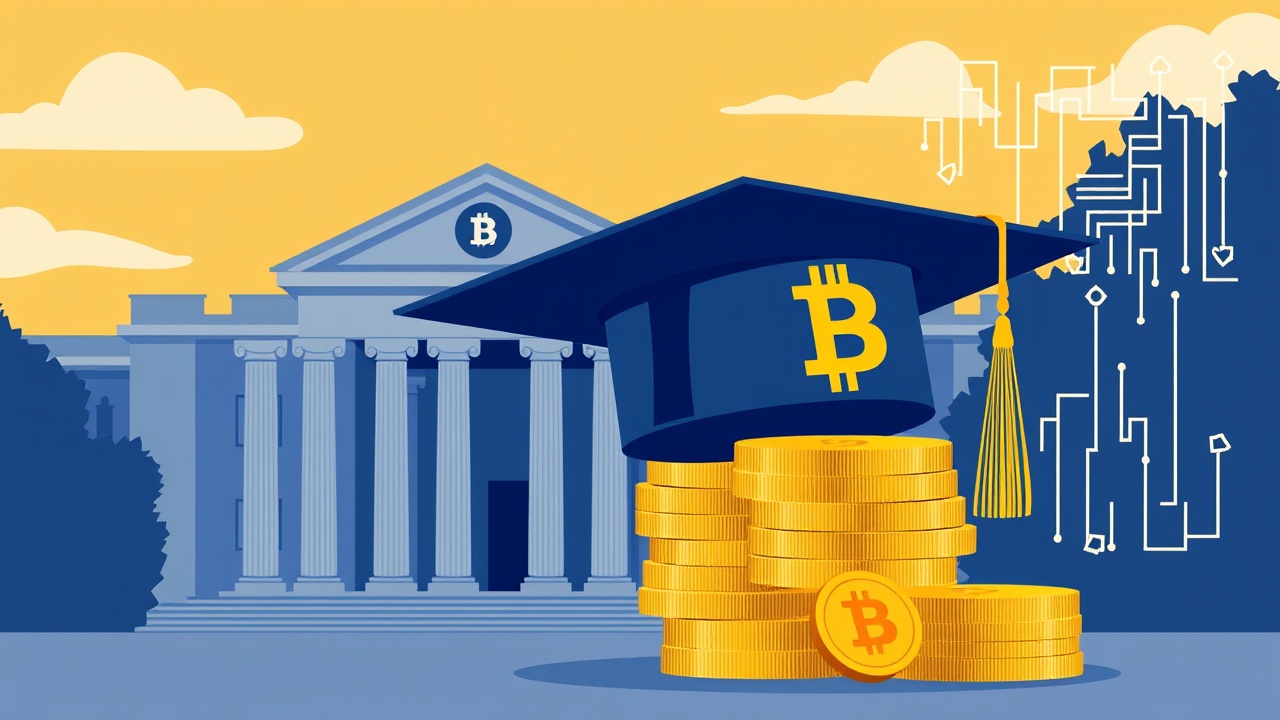Bitcoin in Higher Education
As the costs of higher education rise, a growing number of universities are beginning to accept Bitcoin as a method for tuition payments. This shift reflects a larger trend where cryptocurrencies are moving beyond mere speculative investments to become viable financial tools. For many, especially international students, using Bitcoin can streamline payment processes by eliminating the long wait times associated with traditional international bank transfers and allowing families greater flexibility in managing their funds.
Benefits of Using Bitcoin
This emerging trend in education marks a practical application of cryptocurrency, simplifying transactions and providing significant convenience. Students and their families will find that paying tuition might soon be a matter of scanning a QR code, rather than navigating through tedious banking fees and complicated transfer protocols.
Potential Pitfalls
However, while the benefits of utilizing Bitcoin for tuition are clear—such as faster and more transparent payment systems—there are also potential pitfalls that students and their families should be acutely aware of. The volatility of Bitcoin, varying regulatory environments, and the still-evolving acceptance of cryptocurrencies mean that careful planning is essential. Understanding tax implications and market fluctuations can lend clarity and confidence to what may seem like a risky venture.
The Future of Educational Payments
This transition toward accepting digital currencies signals a substantial evolution in how education can be financed globally. Universities open to integrating Bitcoin not only modernize their payment options but also contribute to a larger movement redefining financial engagement in higher education. Such initiatives may inspire other institutions to follow suit, potentially establishing a new norm for tuition payments around the world.
Conclusion
Overall, Bitcoin’s incorporation into educational payments is indicative of its growing relevance in everyday life, offering students greater control, convenience, and ease of access in managing their educational expenses. As this trend gains momentum, stakeholders are encouraged to remain informed, allowing them to capitalize on the advantages while remaining aware of the associated risks.
Recent developments show that educational payments could soon be as straightforward as utilizing digital currency, hinting at a future where crypto is a commonplace aspect of student financing.




